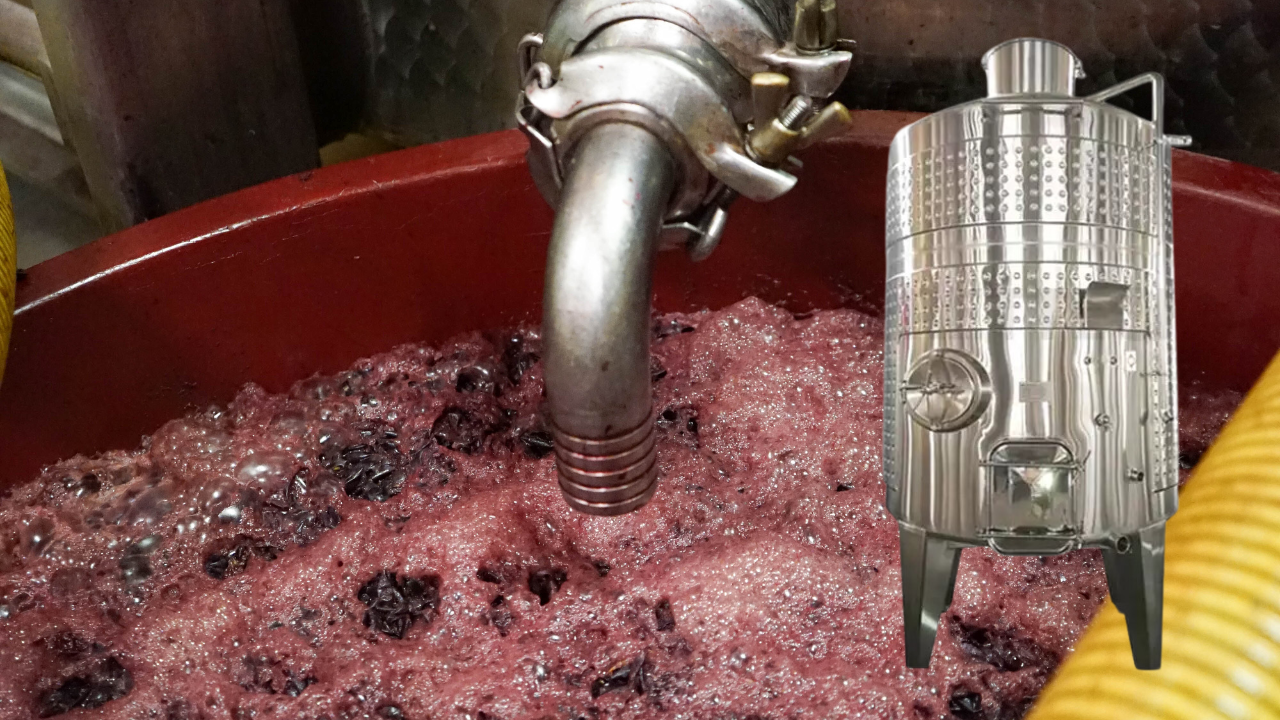You cannot ignore temperature importance when it comes to wine fermentation. The yeast activity, flavor development and final product quality can be affected directly by it. Modern winemaking depends considerably upon stainless steel wine fermentation tanks for precise temperature control, requiring them as an essential tool. Temperature control helps achieve desired characteristics and prevent unwanted compounds from occurring whether you're fermenting red, white or rosé.
Temperature Control Mechanisms in Stainless Steel Tanks
Different features are designed in stainless steel wine fermenter to maintain ideal fermentation temperatures. The cooling jacket which allows you to control the temperature by circulating a coolant around the tank is one of the most common features. This helps to keep the wine at an optimum temperature so that it does not over heat or shift in temperature suddenly.
Yet one more layer of protection is provided by insulated tanks, that eliminate temperature fluctuations. These tanks are both ideal tanks for maintaining stable conditions for long fermentations. Also, there are many stainless steel tanks, where integrated sensors monitor the temperature in real time, so fermentation can be controlled precisely.
Temperature Impact on Yeast Activity and Fermentation
Yeast activity is strongly effected by temperature during fermentation. These are living organisms and their metabolic rate responds very specifically to changes in the temperature. Yeast has a faster fermentation rate at higher temperatures, which can produce undesirable flavour compounds like acetic acid or sulfur like odours. Additionally, yeast metabolism is slowed down during cooler temps, leaving more delicate flavors preserved.
Lower fermentation temperatures contribute to preserving the delicate aromas and fruity characteristics for white wines and delicate reds. Cooler fermentation temperatures prevent the development of harsh tannins and therefore, create a smoother wine. Maintaining various temperatures guarantees the correct fermentation process, which ultimately allows for a full quality wine.
Temperature management for optimizing aromatic profiles.
Controlling fermentation temperatures is important for tuning the aromatic profile of the wine. With white wines, precise temperature control allows for floral and fruity aromas to remain in the wine and for the true essence of the grape variety to be expressed.
For instance, in red wine fermentation, helping to extract more tannins and color from the grape skins slightly higher temperatures are employed. But finding the right balance is crucial, as the wine’s texture and flavor can be adversely affected by too high of temperatures. Controlling temperature also controls acidity and mouthfeel, two key elements in creating a well rounded wine.
Stainless Steel: Advantages Over Traditional Materials
One of the many advantages of stainless steel tanks over traditional materials like wooden barrels is temperature stability. Stainless steel barrels provide more flexibility than wooden barrels in rapidly cooling down or gradually changing the temperature as needed. This flexibility lets winemakers use different techniques for fermentation, whether cold for white wines or hotter for red wines.
Besides, stainless steel tanks keep wine flavor intact, unlike oak barrels. It assists in the preservation of natural aromas and flavors. Another bonus of stainless steel is that it is durable, especially compared to wood, which makes cleaning easy. This means that long-term maintenance costs are greatly reduced, and your winemaking process remains efficient.
Conclusion
Severe temperature control is an important consideration in attaining the characteristics of wine. Using stainless steel fermenters equipped with advanced features like cooling jackets, insulation and sensors helps you control fermentation temperatures with precision. The control afforded by this level allows yeast activity to be optimized, sensitive aromas to be preserved, and flavors to be balanced, all of which are needed to make high-quality wines.
Unlike wood, stainless steel fermenters give winemakers a very high degree of flexibility, precision, and reliability, and for this reason, they beat wood. With winemaking advancing with modern technology, stainless steel fermenters ensure that you can create wines time after time with precision and finesse for diverse styles and tastes.


